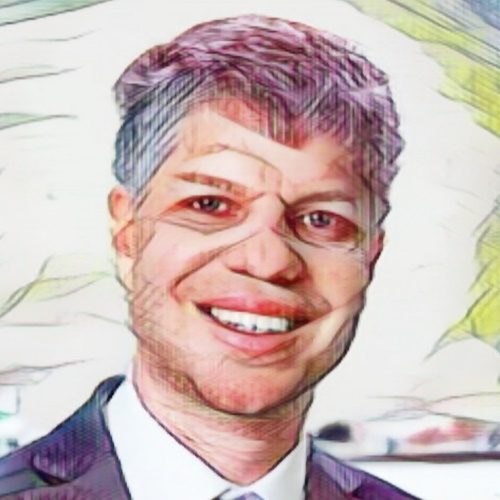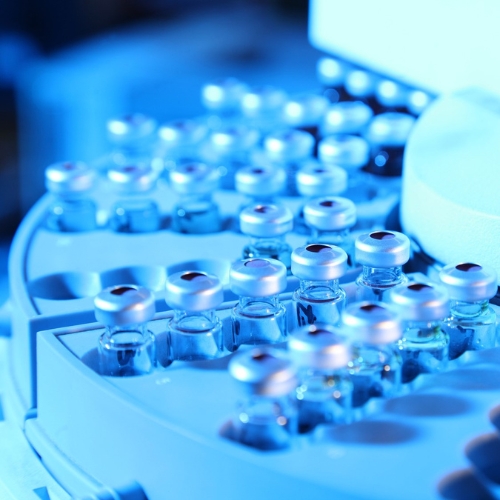Key points from article :
The early-stage development of many age-targeting compounds involves studies of their effects on the lifespan of the worm model.
This exercise in Caenorhabditis elegans is time-consuming and only produces data on one endpoint – lifespan.
Durham University associate professors David Weinkove and Chris Saunter invented an automated technology.
It measures the movement in many large populations of worms simultaneously with a camera on each petri dish.
Crucially, this captures information about how worms’ health declines as they age – their healthspan.
Weinkove said, “The screen was such a lot of work it made me think we’ve got to be able to do this faster and in a less manual way.”
He added, “And we’ve done it in a relatively low-tech way, using Raspberry Pi computers and an array of small cameras. Thereby, we keep it very simple, no moving parts.”
It addresses the risk of operator variability associated with a manual approach, which reduces reproducibility of results.
The company aims to add at least another 200 cameras to make things more scalable so we can do more studies faster.








